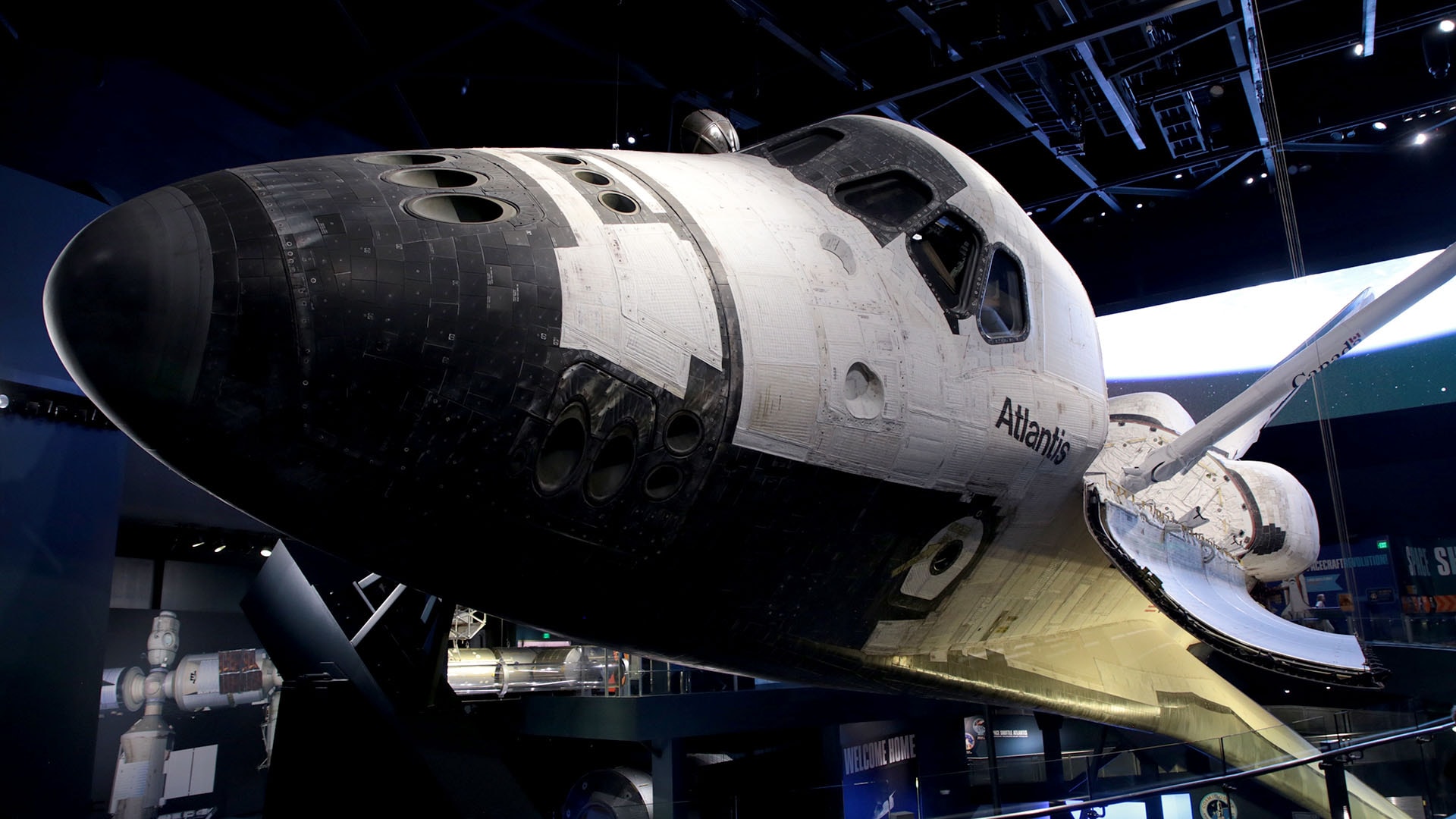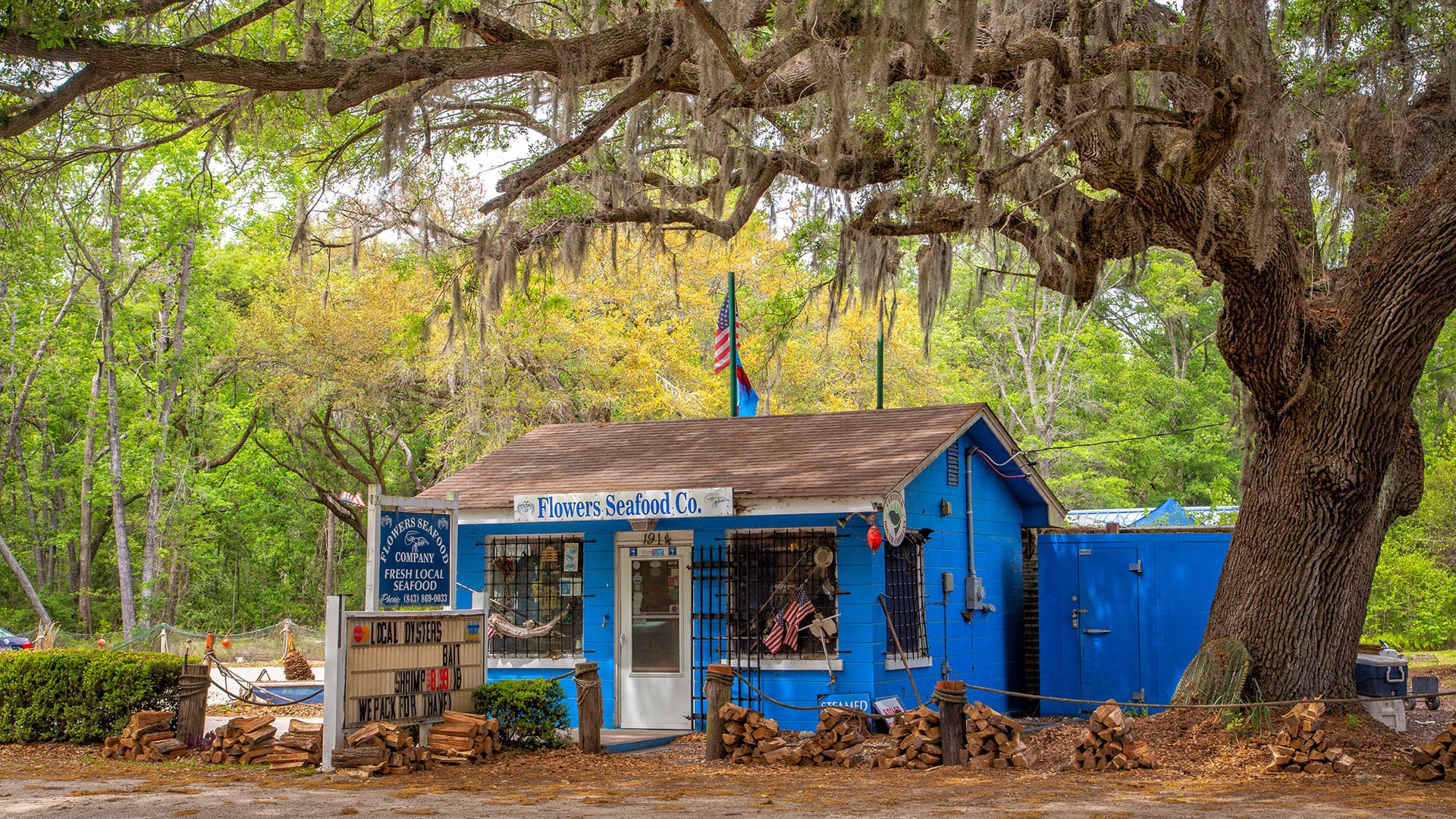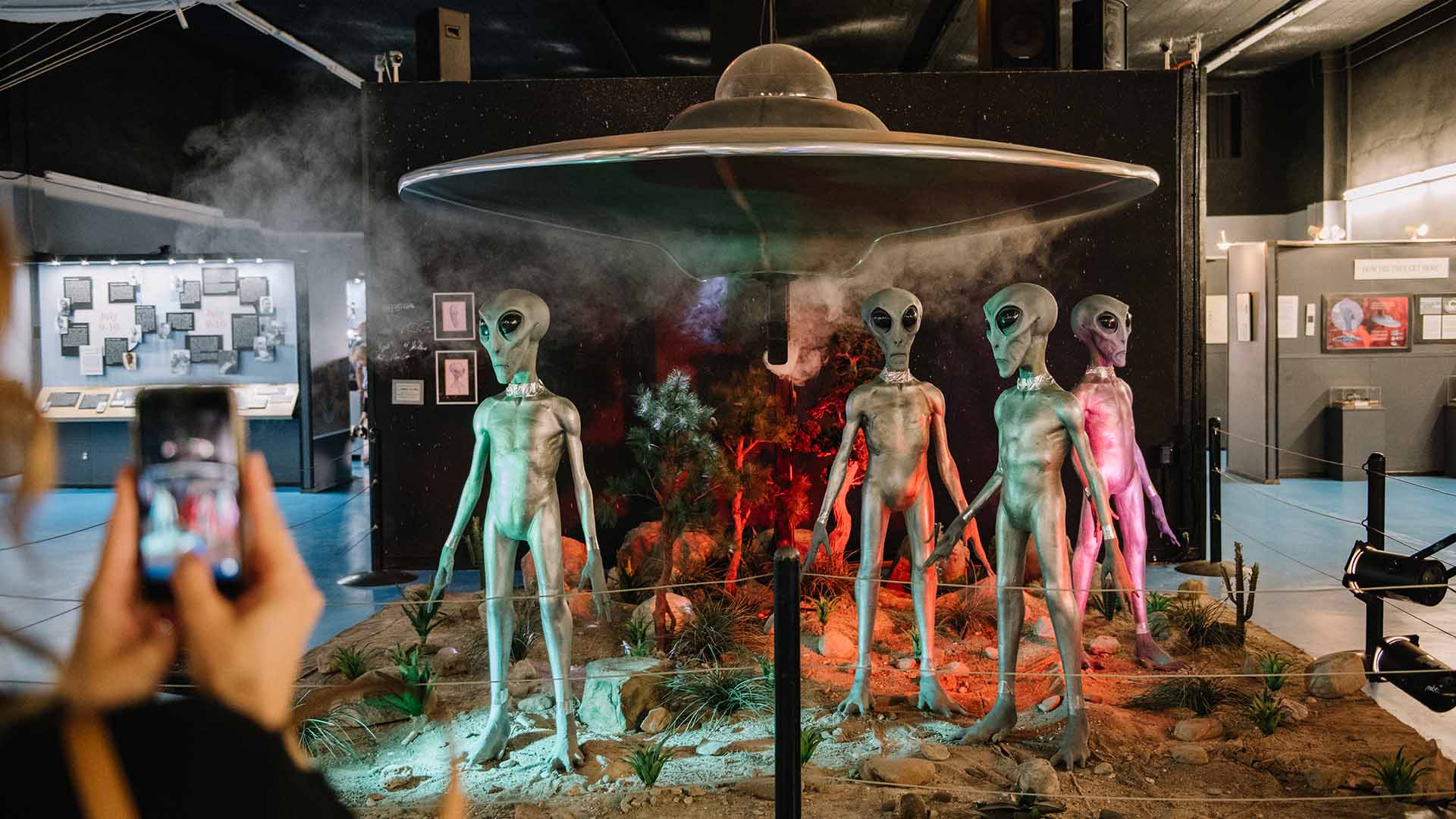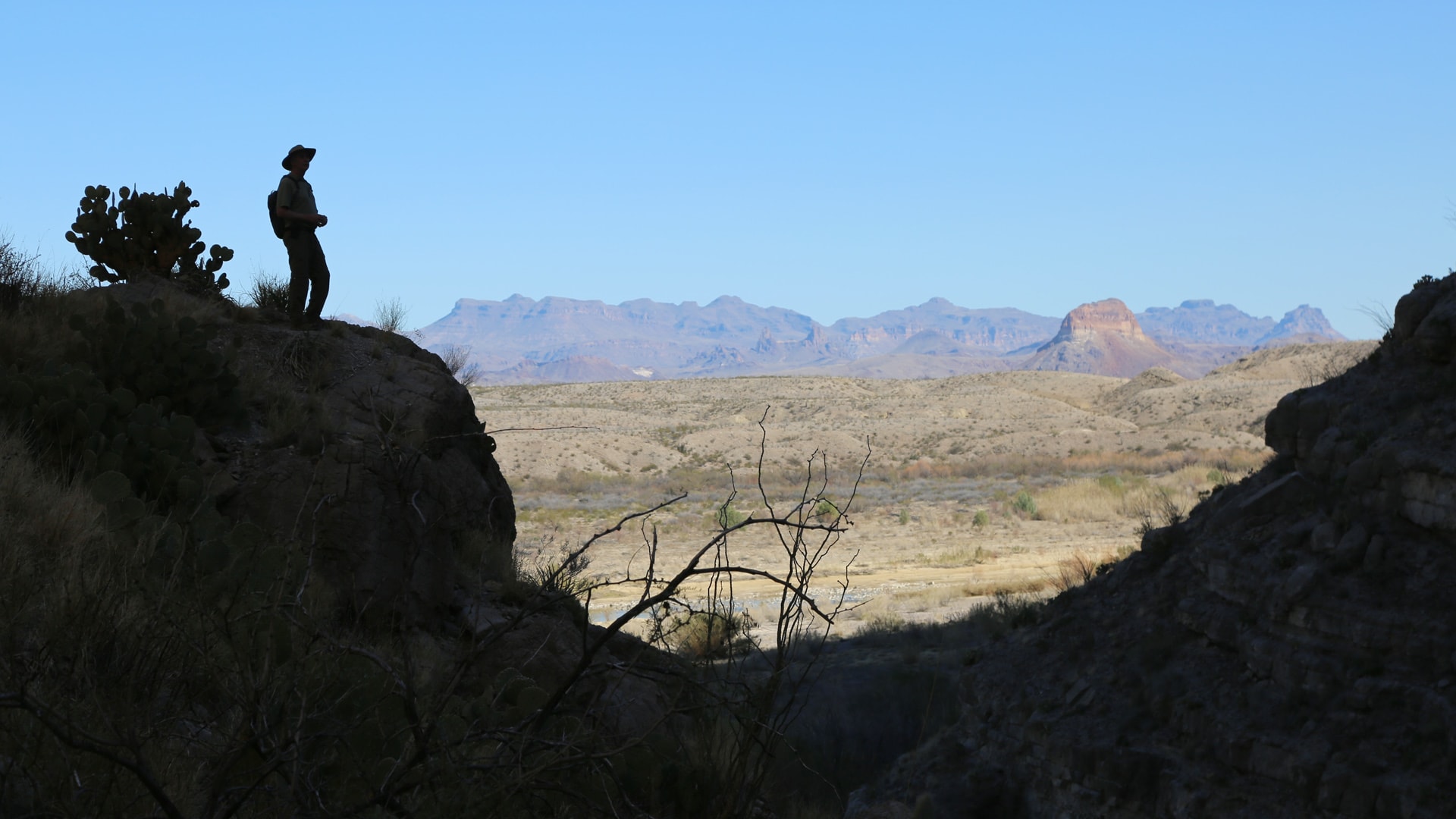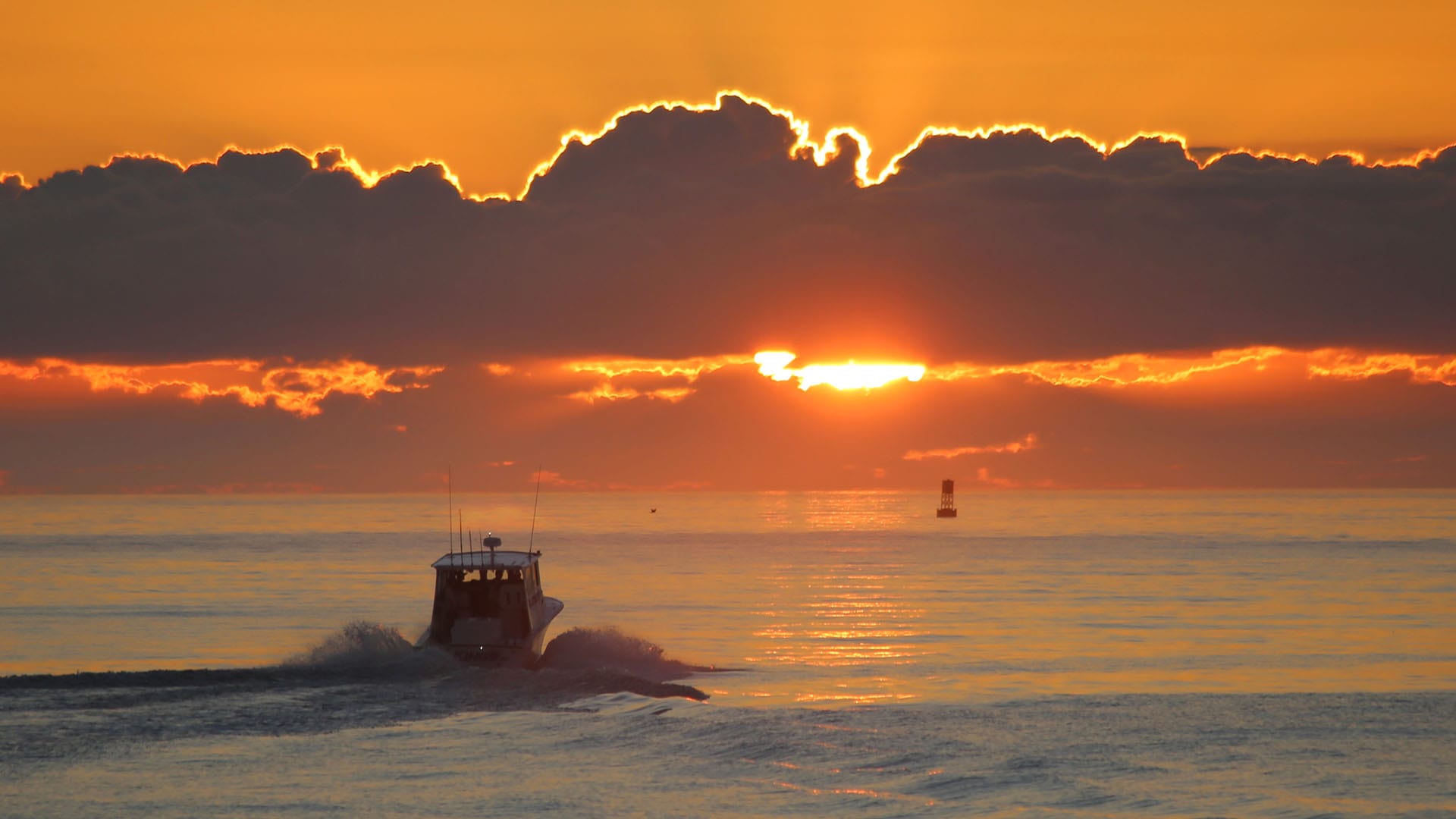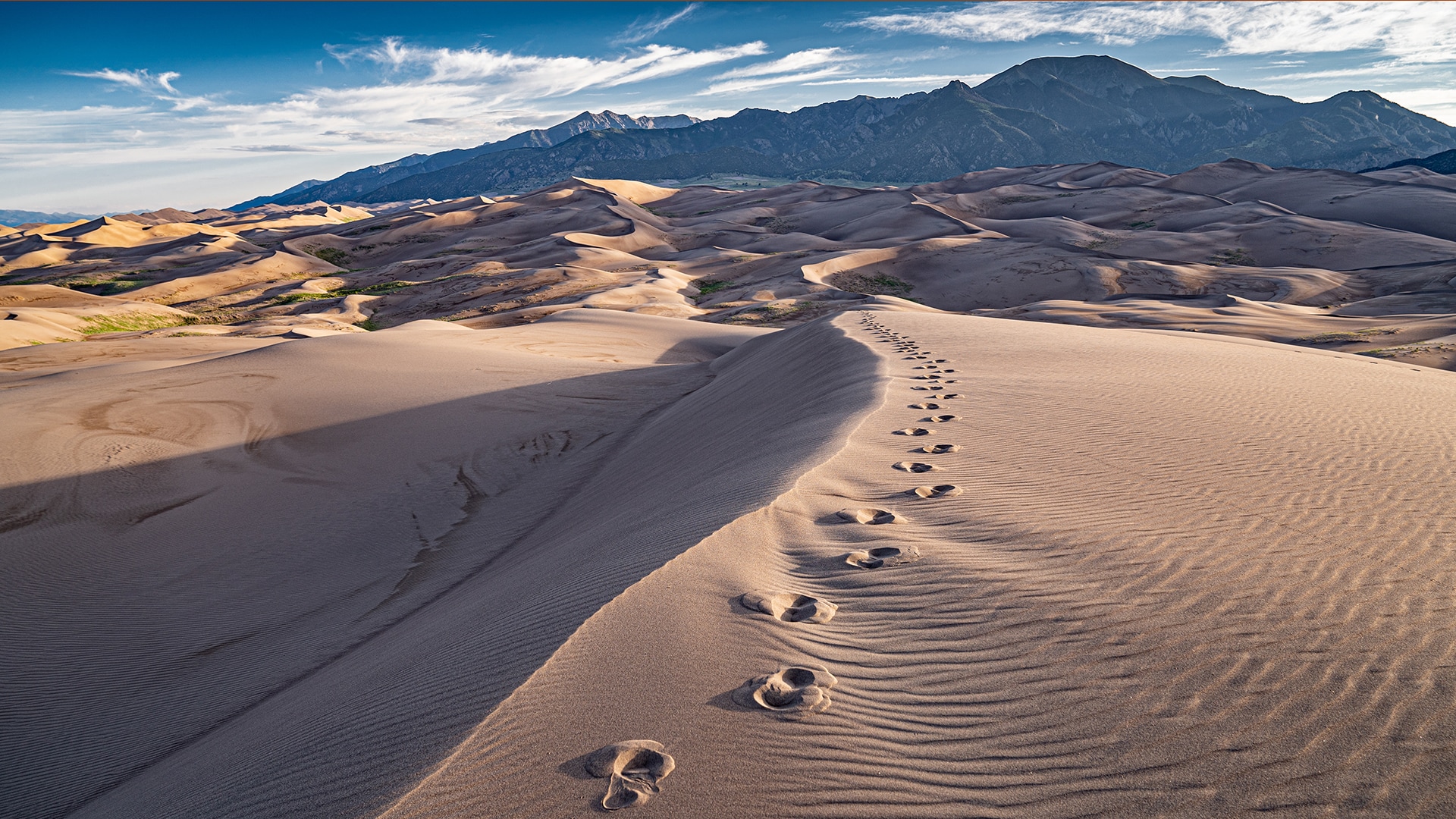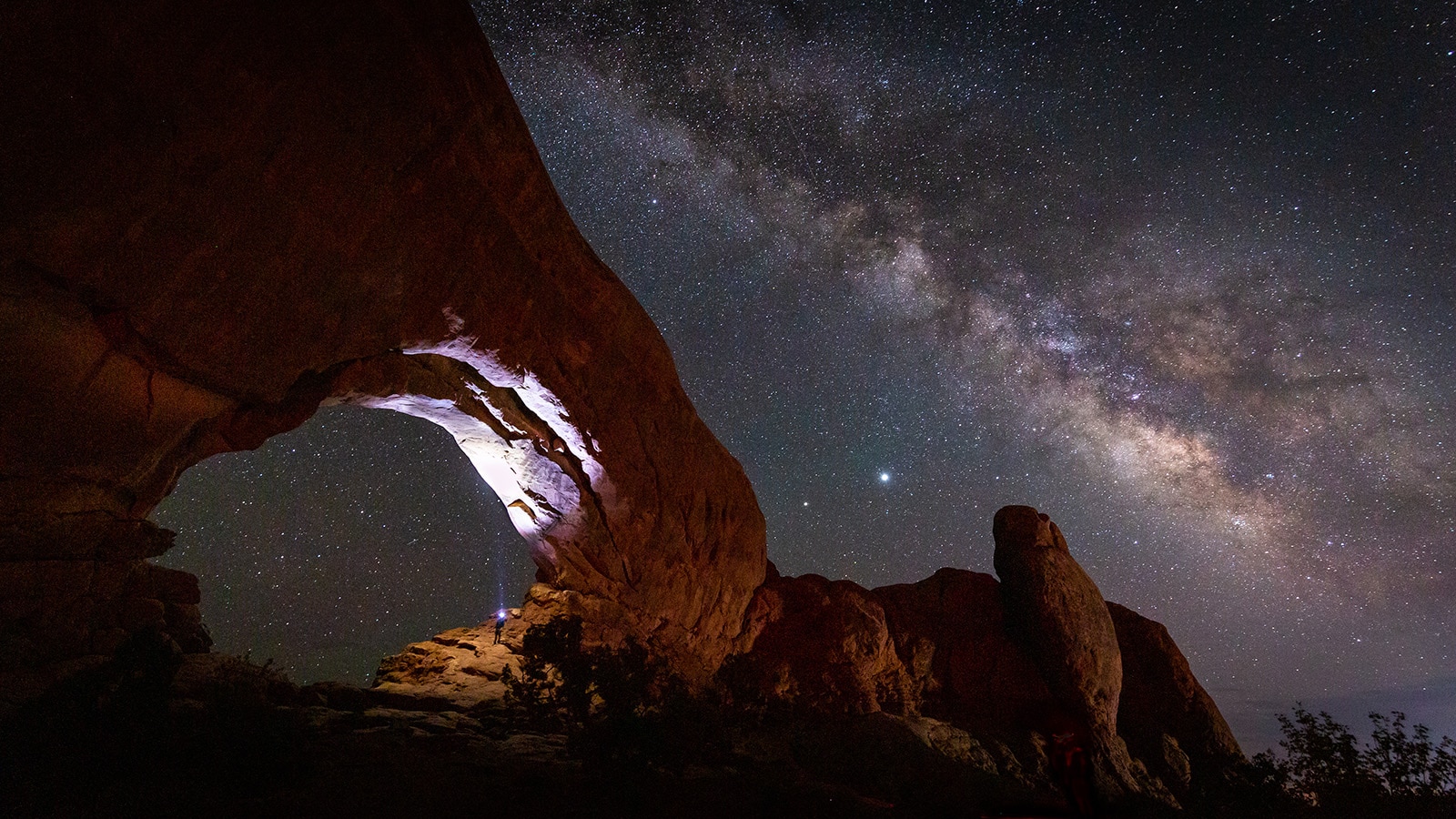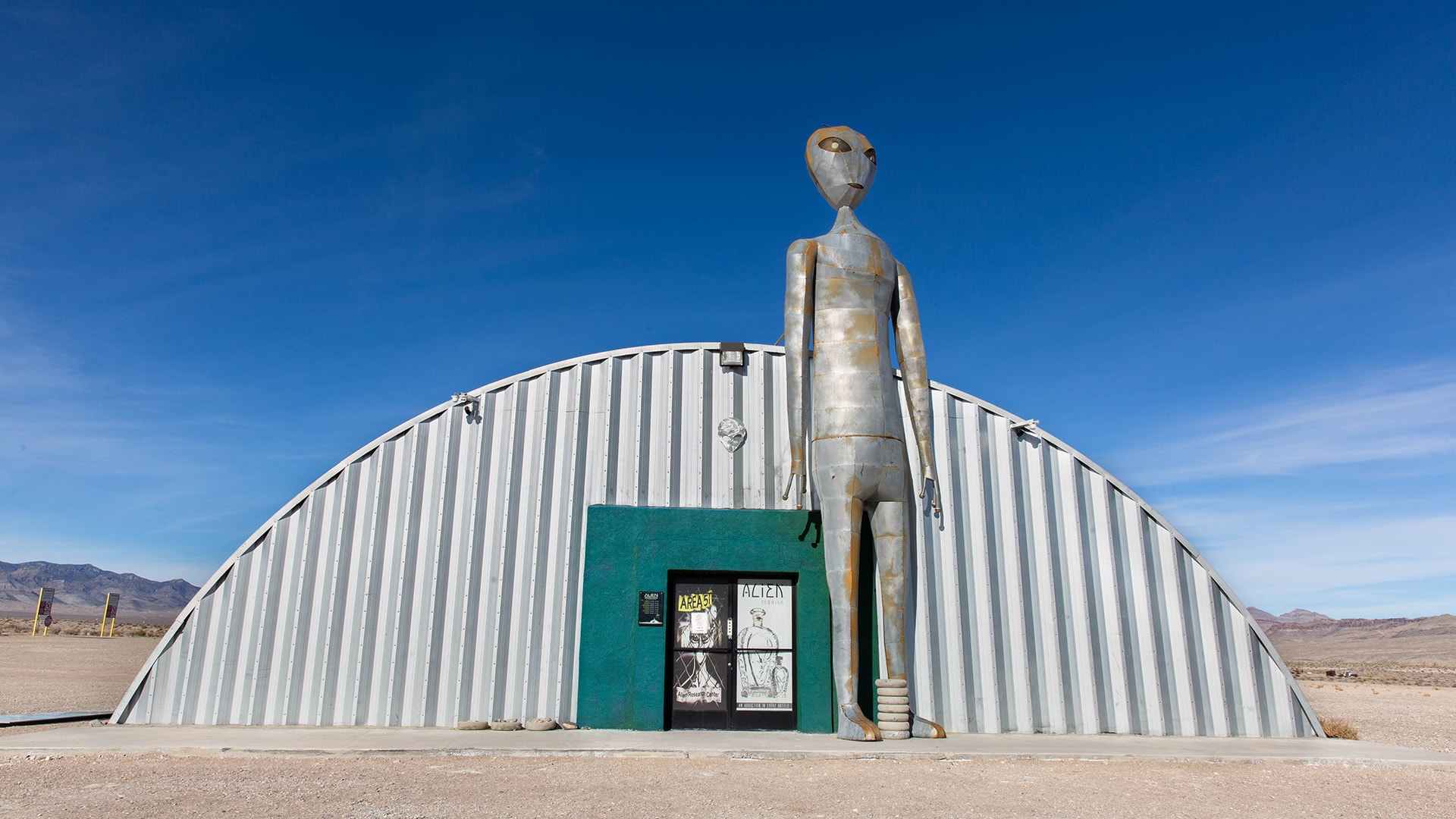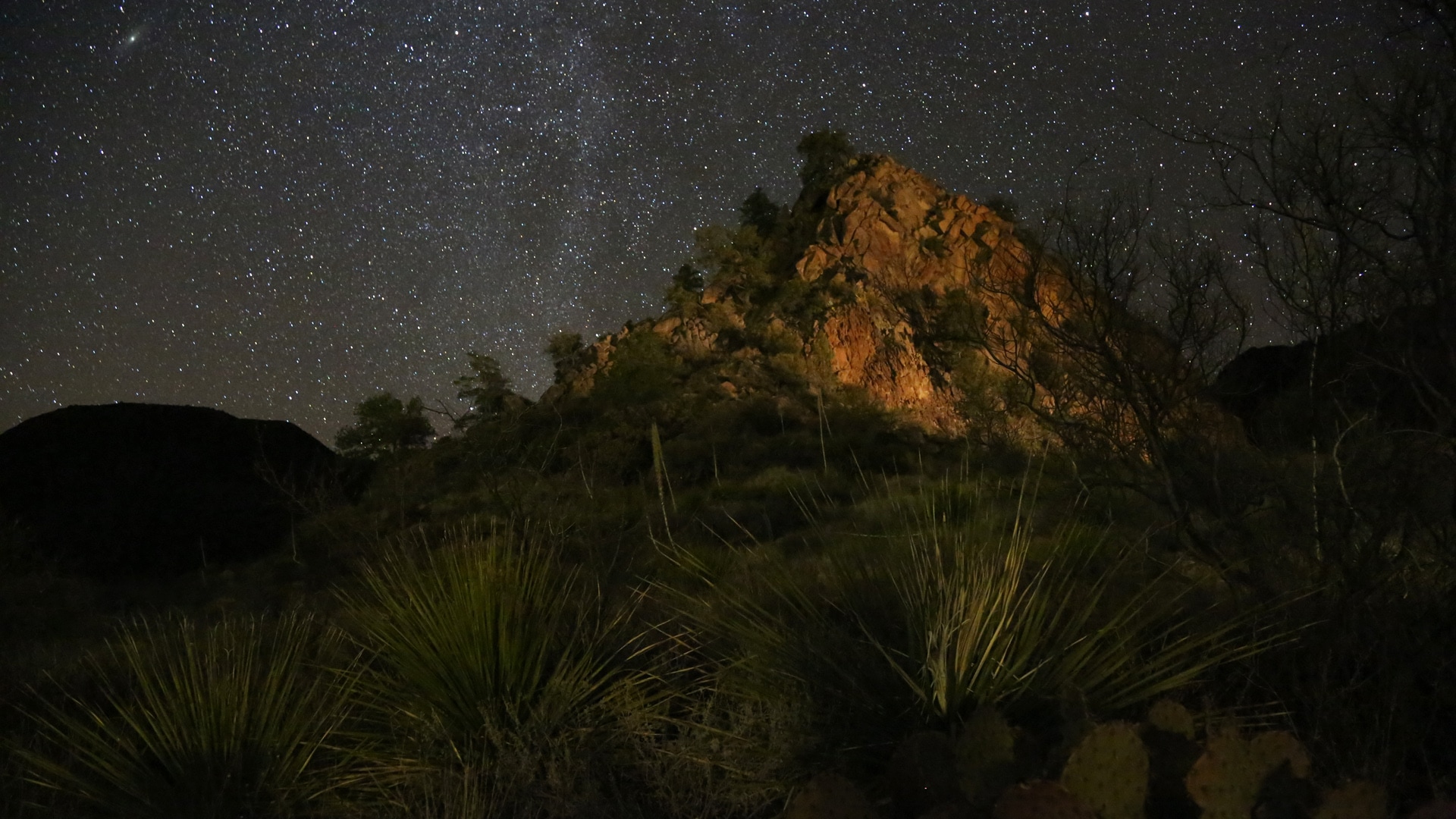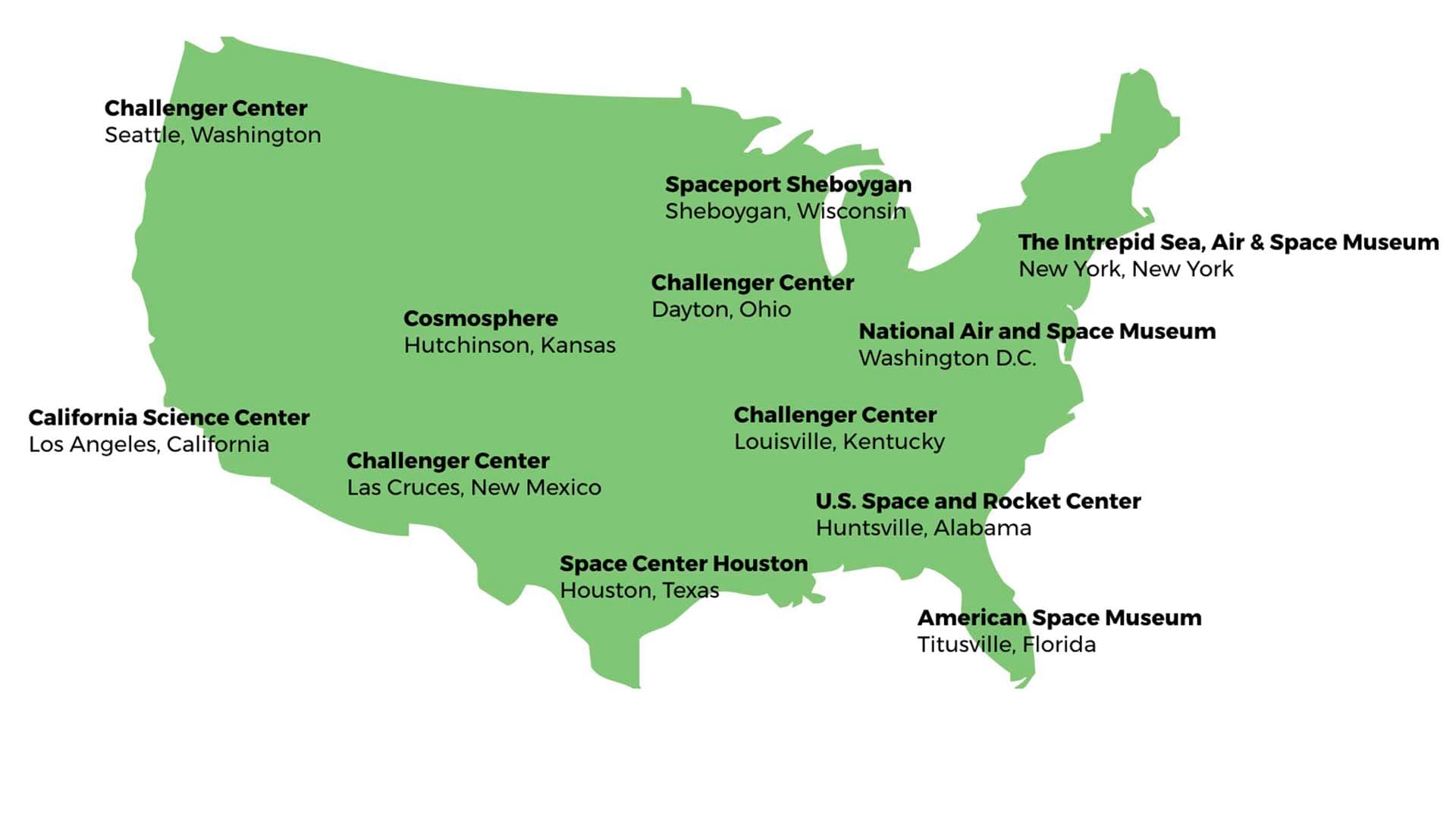Road Trip to Dark Sky Parks in Utah
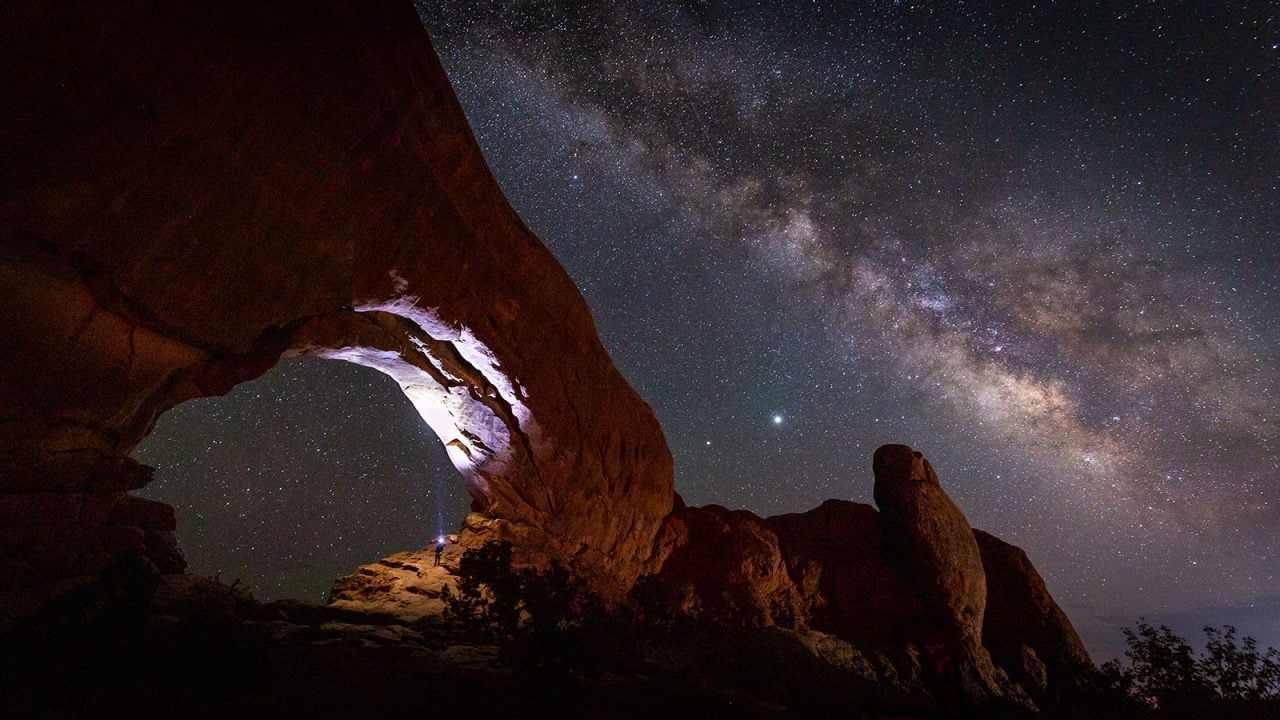
The Milky Way stretches across the dark night sky in Arches National Park.
Story and photos by Derek Jerrell
Derek is an award-winning photographer specializing in wildlife and outdoor adventure photography. See more of his work on Instagram.
A father and daughter bond while photographing the Milky Way.
Known for its iconic red rock landscape and world-class adventure sports, the real beauty of Moab, Utah, reveals itself when the sun goes down. This resort town of about 5,000 residents is surrounded by not one, not two, but three International Dark Sky Parks, so designated for possessing particularly dark skies and magnificent displays of bright stars.
The Big Dipper, Orion and many other constellations slowly emerge after sunset at Arches National Park, Canyonlands National Park and Dead Horse Point State Park. In time, the Milky Way stretches across the night sky, and thousands of stars dance high above.
The opportunity for unparalleled stargazing prompted me to embark with my teenage daughter, Karlie, on a cross-country road trip from our home in southern Illinois. Our goal was to photograph the Milky Way in Utah, home to more International Dark Sky Parks than any other place in the world.
I’ve been an amateur photographer for several years, and my daughter’s interest was sparked in a class she took in high school.
After weeks of planning, we loaded up our rental car with camera gear for the 1,500-mile cross-country road trip. We also packed snacks and a cooler full of ice-cold Ski, a citrus soda bottled in Breeze, Illinois, a personal favorite of ours. We rolled down the windows as Karlie’s favorite playlist — dominated by Drake — filled the car with music as we made our way out of town. We were excited to spend time together and also filled with anticipation to snap our first photos of the Milky Way above Utah.
Standing tall at 128 feet high, Balanced Rock is one of more than 2,000 natural sandstone rock formations at Arches National Park, and it’s visible from the main road, about 9 miles from the park entrance. Sculpted by natural erosion, that iconic landmark and the many arches surrounding it provide perfect backdrops for an evening of stargazing and night photography. Located just 6 miles from Moab, Arches was founded in 1929, but it wasn’t until 90 years later that it received its International Dark Sky Park designation.
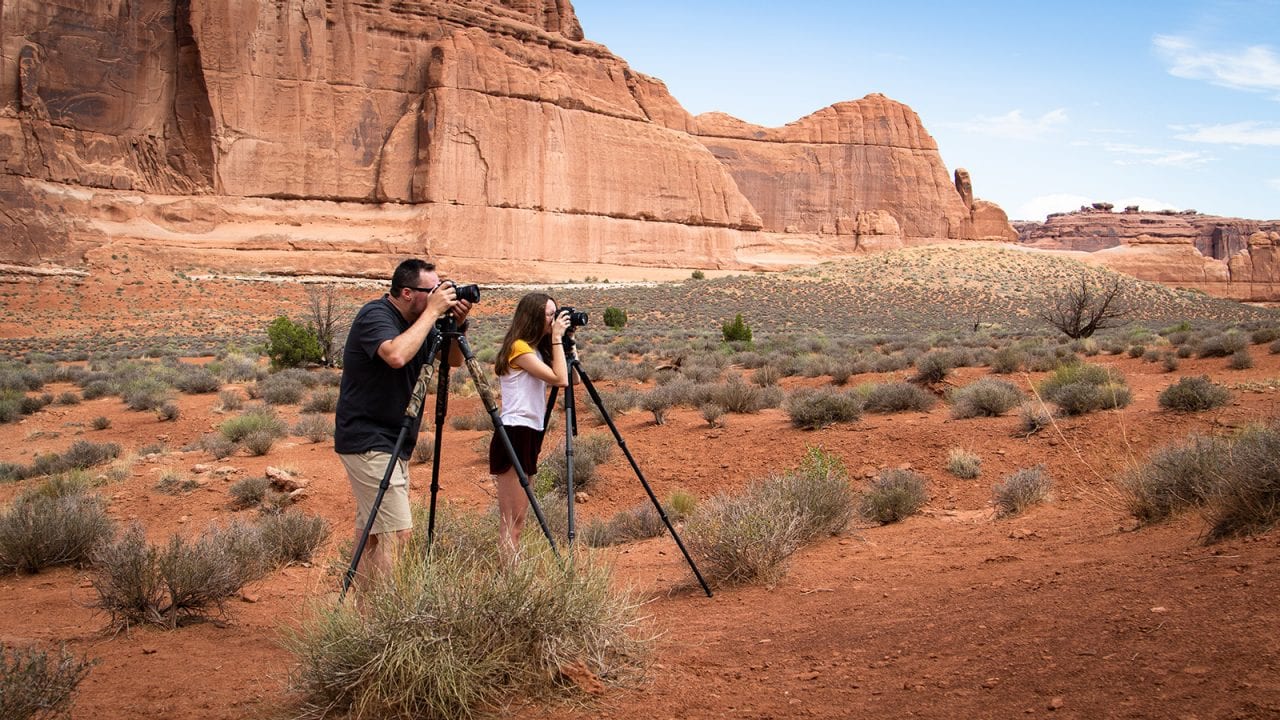
Derek and Karlie photograph in Arches National Park.
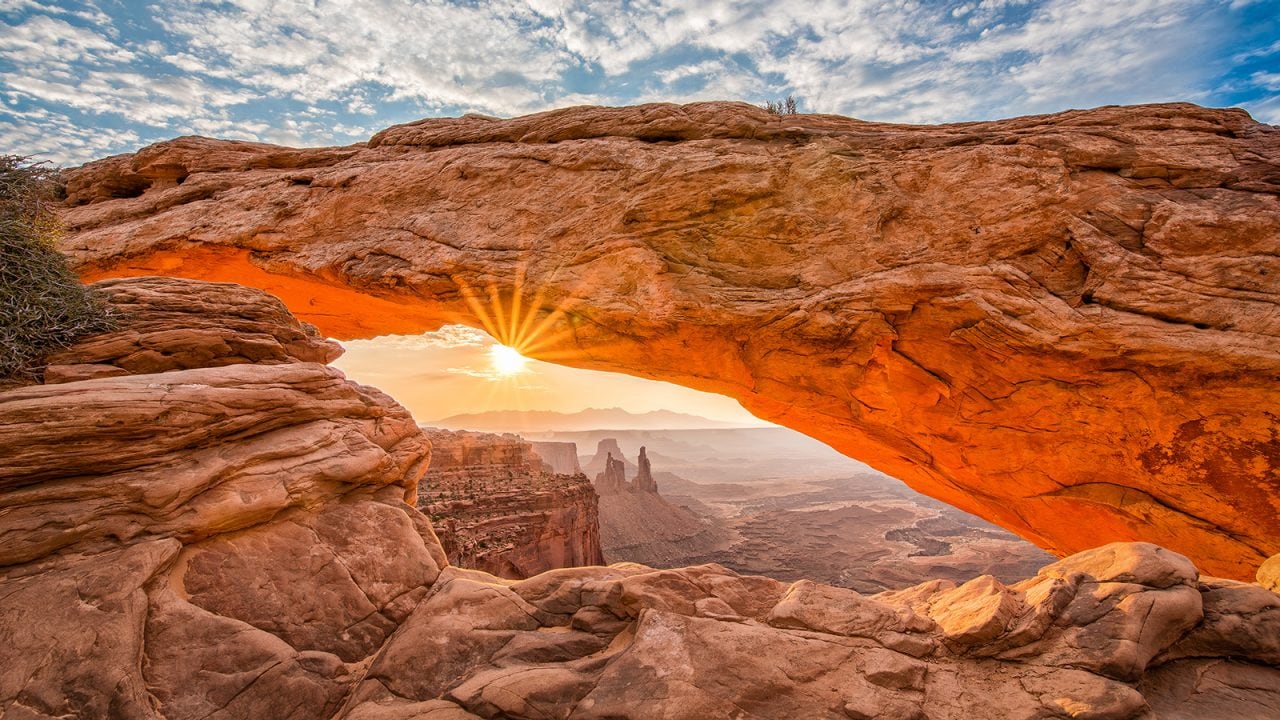
The morning sun peaks illuminates Mesa Arch in Canyonlands National Park.
Dark Skies Lure Eager Stargazers
As we waited for the stars to put on their nightly show, we reminisced about past road trips together — the fun times and the challenges that each of them presented, and the many memories we’ve created along the way. On Karlie’s first camping trip when she was 5 years old, she would run to the shower house each evening because she was afraid of the dark. Now, at 16, she had traveled across the country to spend time under the darkest of skies.
By 10:30 p.m., the sky was dark — very dark. Thousands of stars filled the night sky as we stood together in complete awe. Looking at the Milky Way hovering over Balanced Rock, Karlie exclaimed, “I can’t believe how many stars there are!” Then, we began to scout out our first shots, carefully composing the unique rock formations and the bright band of stars that make up the center of the Milky Way. Pressing our camera shutter buttons in unison, we captured our first photos of the trip.
The only light present was from the stars above and the red lights from our headlamps. Pro Tip: Low-level red lights are better for stargazing and photography because they preserve your night vision as you navigate a trail or work camera equipment. In contrast, white light from a cellphone or traditional headlamp interrupts your night vision and your eyes will have to readjust.
We also photographed the Milky Way through Turret Arch and the North Window Arch. There, as Karlie stood in the middle of the arch, gazing out into the galaxy, I quickly captured one of my favorite photos of the trip as my daughter took in the incredible beauty that surrounded her.
Our destination the next day was Dead Horse Point State Park, but first we went looking for lunch. Moab’s dozens of restaurants range from authentic Mexican cuisine to homemade Italian pasta to locally sourced bison burgers. When we saw the eclectic mix of vehicles in the Moab Food Truck Park, we were sold! Karlie opted for carnitas tacos, and I chose carne asada tacos, all washed down with ice-cold Mexican sodas to fuel our evening adventure. On the trip, we also enjoyed the M.O.A.B. (Mother Of All Burritos) at Miguel’s Baja Grill and the street tacos at Gilberto’s Mexican Taco Shop.
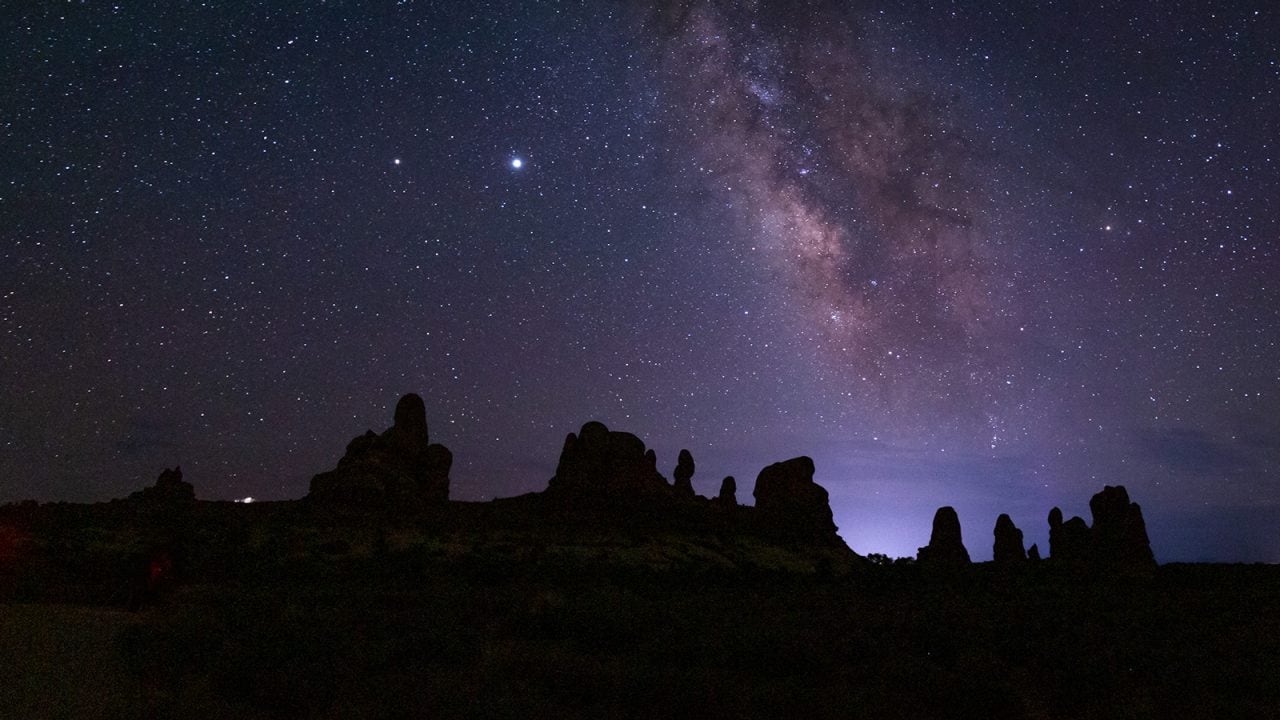
The Milky Way glows bright in Arches National Park
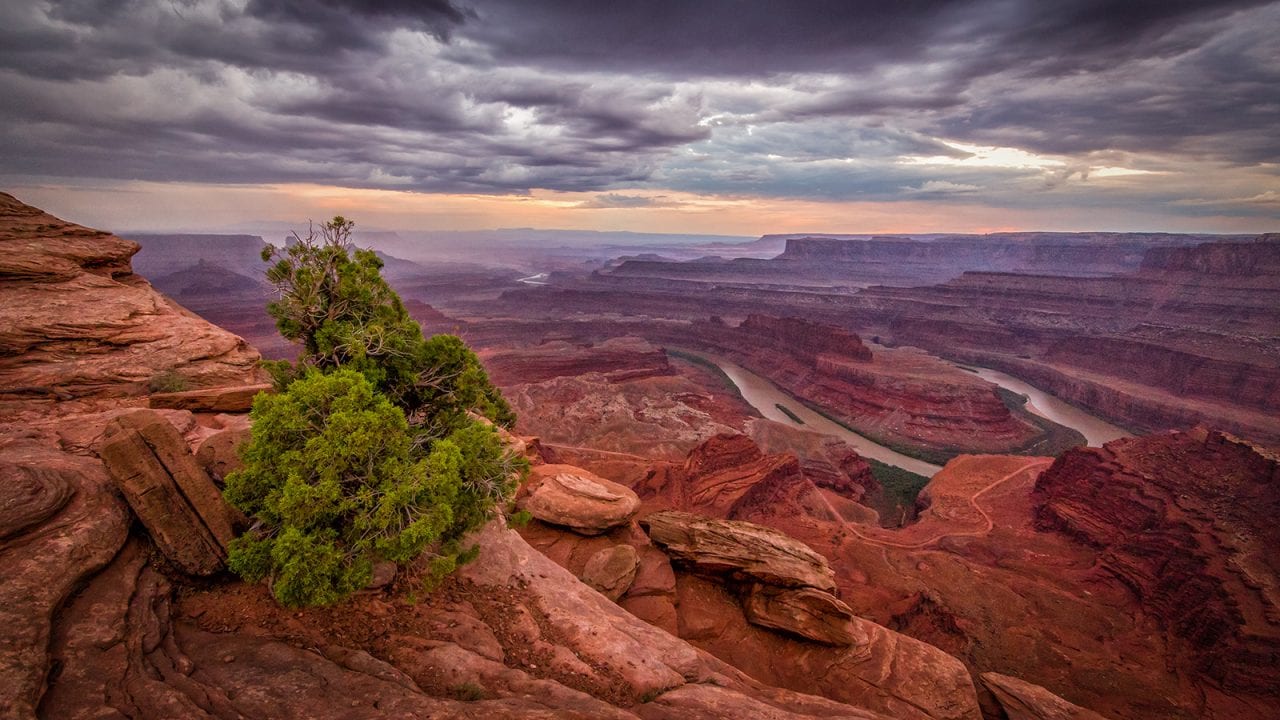
The Colorado River snakes its way through a canyon at Deadhorse Point State Park.
Tracing the Milky Way Across the Sky
We spent the afternoon exploring the park, climbing over rocks and hiking along the canyon rim, as we looked for the perfect location to watch the sunset. Located almost 2,000 feet above the Colorado River and roughly 45 minutes southwest from Moab along State Route 313, Dead Horse Point State Park has some of the best scenic vistas in Utah. It earned its Dark Sky Park designation in 2016, making it Utah’s first state park to receive the coveted recognition. Perched on the edge of the canyon rim atop the steep canyon walls, we settled in to watch the sunset.
On our last day, we visited Canyonlands National Park. Just 20 minutes from Dead Horse Point, Canyonlands has more than two dozen hiking trails, ranging from easy to strenuous. The park received the International Dark Sky Park designation in 2015, and also was awarded Gold-Tier International Dark Sky Park status, an honor reserved for the darkest skies and most stunning starscapes.
We were eager to view the night sky there, and we were not disappointed. Looking up at the Milky Way from an overlook, with her finger Karlie traced the glittering band of light from end to end. The layers of stars seemed limitless, and we marveled at the vast universe and how many opportunities we have within it. That evening made us feel as though anything were possible.
Throughout the trip, our home base in Moab was Sage Creek, often advertised as Moab’s “premium adventure residences.” I liked that the condo was removed from the hustle and bustle of town and Karlie enjoyed the large heated pool where waterfalls tumble over red rock. Plenty of campgrounds are available too, and on our next visit, we may stay at Devils Garden Campground in Arches National Park.
On this journey, we took countless photographs combining rock formations below and the blanket of stars above. But what I’ll always treasure are the laughs Karlie and I shared and the stories we told. This was a road trip to remember, when a father and daughter bonded over a shared passion for photography under some of the most spectacular skies this world has to offer.
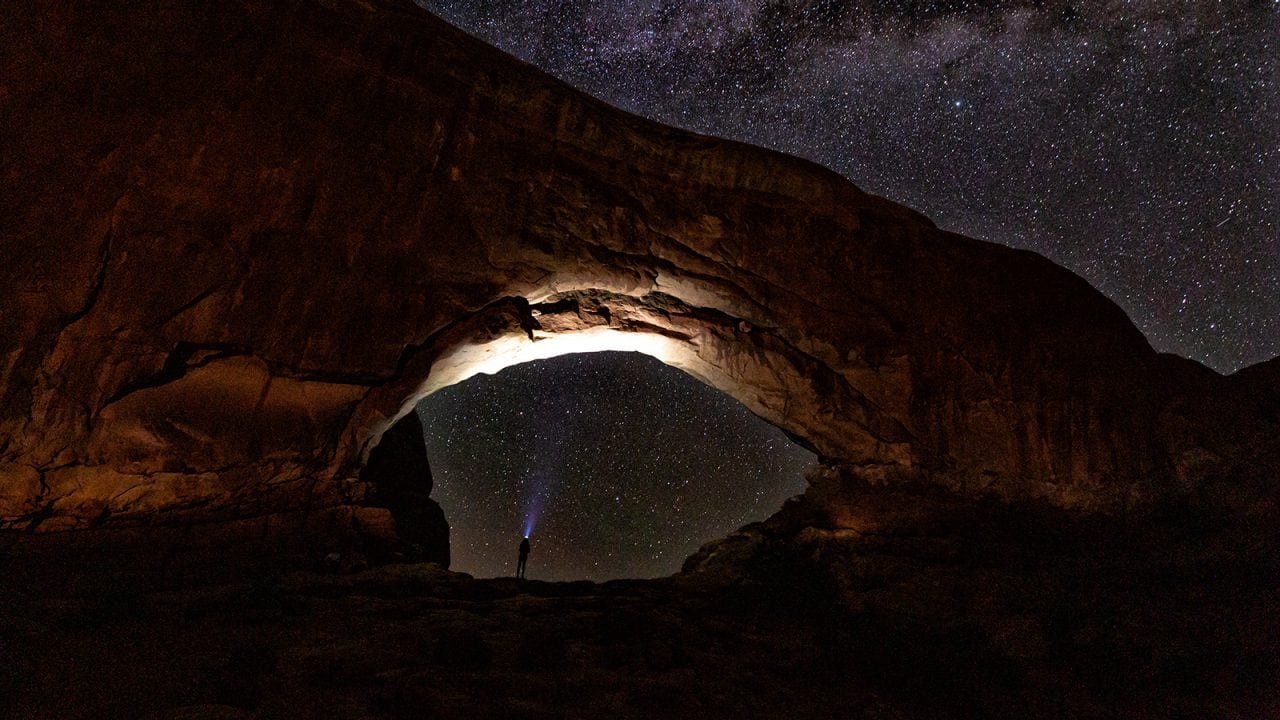
Karlie's headlamp lights up North Window Arch in Arches National Park
Related
Read more stories about stargazing.
- Kennedy Space Center Launches Memories
- Edisto Island South Carolina Scenic Drive
- Road Trip to Roswell, New Mexico
- Road Trip to Big Bend National Park, Texas
- Weekend Getaway to Florida's Space Coast
- Colorado’s Great Sand Dunes National Park
- Road Trip to Dark Sky Parks in Utah
- Road Trip Along the Extraterrestrial Highway
- Stargazing in Texas: McDonald Observatory and Beyond
- Shooting for the Stars
- Rocket Road Trips

